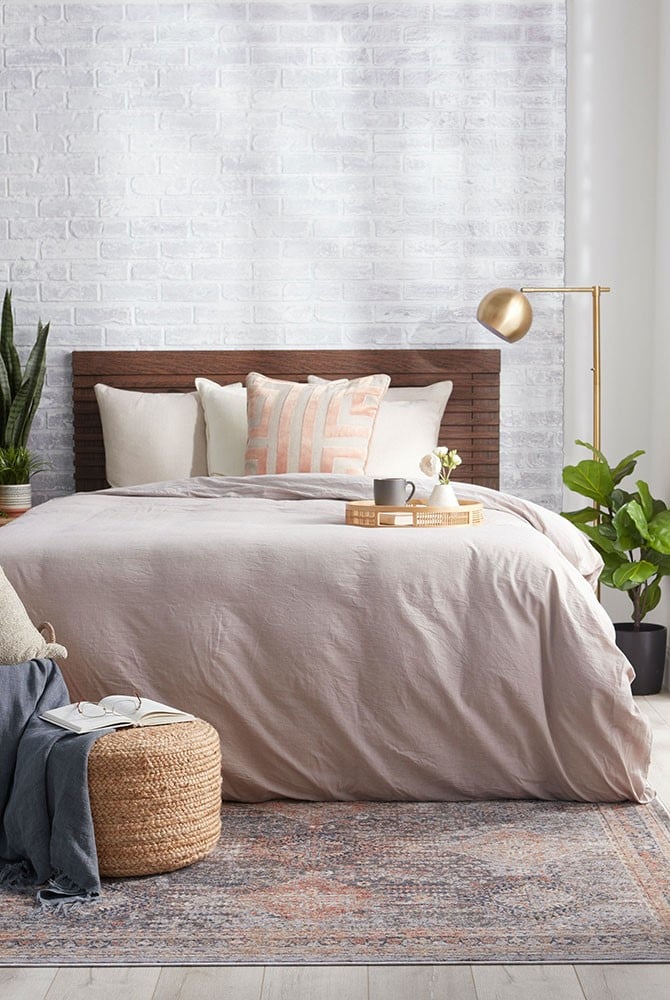Enjoy Free Shipping on Us
Rug Size Guides
When you’re shopping for that perfect rug, you’ll likely come across polyester rugs. After all, they are comfortable, affordable, and diverse rugs fitting for any home. Even with all these benefits, there are some concerns with polyester rugs. There have been rumors over the years that polyester rugs are toxic and unhealthy. To help you make an informed purchase, we’ve created a full guide on what polyester rugs are and why they have been labeled as toxic.
Polyester rugs in particular are known for off-gassing from volatile organic compounds )VOCs). These fumes are a known carcinogen, and they have their own odor. They also impact the overall air quality of the room, especially if the room isn’t well ventilated. When these chemicals are released into the room, they can cause eye, nose, and throat irritation with those who are sensitive to odors or have other health issues. The chemicals that are released through offgassing can be absorbed through inhalation or through the skin.
For more tips and ideas, join our mailing list.
It can be daunting to hear how many chemicals are used in creating and treating polyester rugs. Even with all these chemical treatments however, polyester rugs are not considered toxic. The low levels of these chemicals and how they typically only impact those already struggling with health issues makes it so they are generally fine for homes. However, it is up to you to make an informed decision on what you include in your home. Whether you include a polyester area rug in your home or not, you now have the knowledge to make a good choice and the ability to research any lingering questions you may have.
Enjoy Free Standard Shipping on us within the continental United States. For orders to Canada, Puerto Rico, Alaska, and Hawaii, freight forwarding costs and associated duties will be calculated at Checkout. For large, oversize rugs that require a surcharge above our shipping and freight partners’ standard shipping rates, an Oversize Processing Shipping fee is calculated in Cart.

Your discount code is on its way.
If you don't receive your promo code, please check your email junk or spam folder and click on "Not spam".